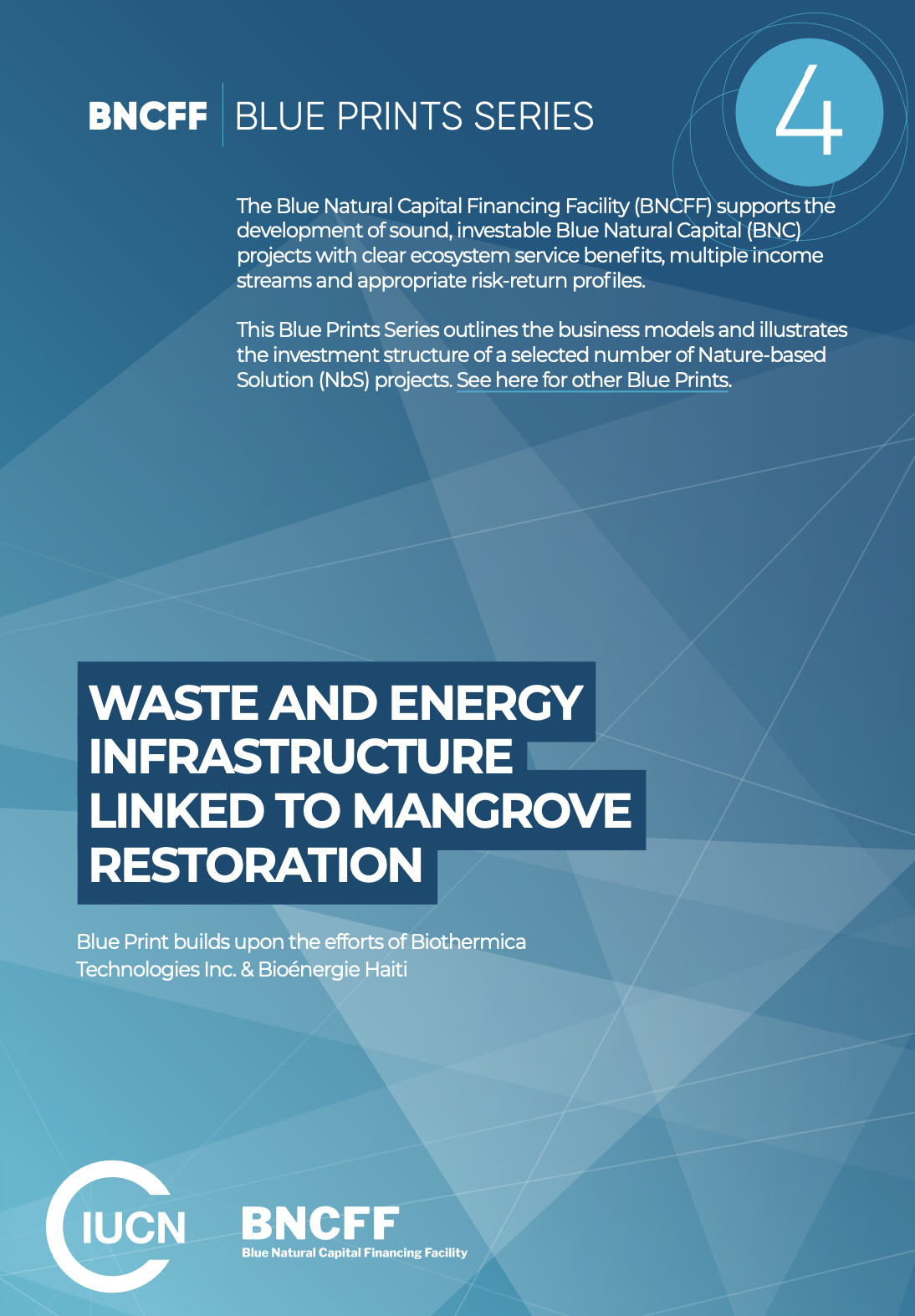Waste and Energy Infrastructure Linked to Mangrove Restoration
Coastal cities in many small island developing states (SIDS) suffer from a lack of proper garbage collection and treatment, dependable electricity, and renewable heating sources. Businesses and households mostly use charcoal made from local wood, notably mangrove wood, for heating and cooking, severely harming and destroying natural areas in the process. Large-scale deforestation is contributing to erosion, and the deposit of wild garbage is blocking drainage systems, causing frequent flooding and the flow of waste into mangrove habitats and the ocean. With a significant loss rate of 17%, the city is home to the largest mangrove site among the neighbouring islands, measuring 6300 acres. Mangrove cutting is prohibited in many countries, but because of the local population's poverty and a lack of funding, the law is not upheld. This circumstance, which has negative consequences on economic growth and tourism, is typical of many cities in the least developed nations, notably SIDS.
To read the full business model and investment infrastructure, click HERE.



